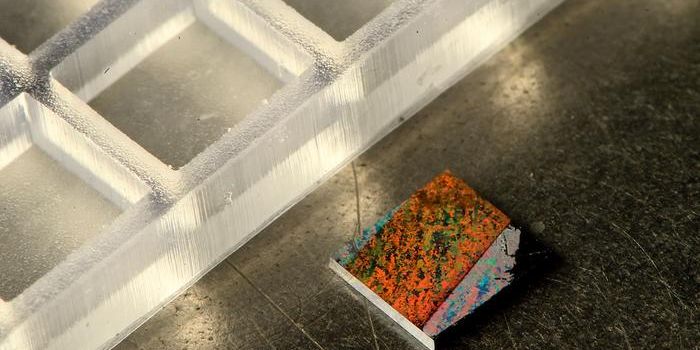Childhood Exercise is Beneficial for Life
You are never too young to reap the health benefits from frequent exercise, and a new study proves this by directly linking regular habits of physical activity in young children with lower arterial stiffness, a cardiovascular disease risk factor commonly recognized by experts.
Arterial stiffness leads to elevated systolic blood pressure, which causes the left ventricle of the heart to work harder than it should. An overworked heart muscle cannot deliver oxygen via blood to the tissues as well as a healthier heart muscle, and the loss of sufficient oxygen supply can lead to various adverse cardiovascular events. Arterial stiffness is closely related to blood pressure, and thus it is also recognized by experts as an important prognostic factor and potential therapeutic target for hypertensive individuals.
In a study of 136 children between six and eight years old, researchers from the University of Eastern Finland compared the effects on arterial stiffness after participants completed various levels of physical activity. They controlled for various other factors that can influence arterial stiffness and other characteristics of heart disease, like diet quality, body fat percentage, sleep length. Controlling for these aspects of disease is important, because cardiovascular conditions are different for people of all ages, and risk factors act differently among different types of people.
They found that the association between lower arterial stiffness and physical activity only became visible when the exercise was considered to be “moderate to vigorous;” sedentary habits or even light physical activity did not cut it.
"It seems that the positive effects of physical activity on arterial stiffness require sufficient cardiovascular strain, and light physical activity does not provide that kind of stimulus,” explained Dr. Eero Haapala, PhD. “Moderate-to-vigorous exercise can also counterbalance the effects of sedentary time." Haapala’s study was one part of the Physical Activity and Nutrition in Children (PANIC) study.
Exercise levels were quantified and measured with a combined heart rate and movement sensor, and arterial stiffness measured with a pulse contour analysis based on “photoplethysmography,” an optical technique used to sense blood volume changes in blood vessels.
While this study showed the relationship between a sedentary lifestyle in young children and arterial stiffness, the same process happens naturally with age. Past research notes the cause behind age-related arterial stiffness as a “degeneration of compliant elastin fibers and deposition of stiffer collagen.”
The researchers from the study concluded that there is a “threshold value for sufficient exercise,” either 68 minutes of moderate physical activity or 26 minutes of vigorous activity. Physical activities that satisfy this requirement include games involving running, ball games, gymnastics, dance.
The current study was recently published in the journal Pediatric Exercise Science.
Sources: Hypertension, Circulation, IOP Science, University of Eastern Finland









